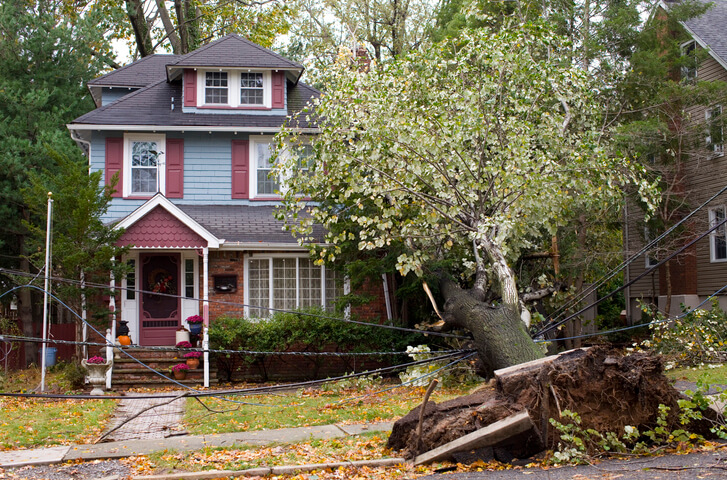TREE EDUCATION

Proper tree care extends far beyond the simple removal of a fallen tree or the pruning of a few branches. Identifying and preventing tree-related diseases and hazardous conditions are just as important. When left unattended, trees can become vulnerable to a plethora of environmental and man-made stressors, from harmful pests and rough winds to irresponsible landscaping and construction practices. To promote tree health and remediate a safety hazard on time, property owners should know how to spot at-risk trees by looking out for these common tell-tale signs from our professional arborists.
Trees with significant structural defects or damages are considered hazardous, as they may fall on someone, weaken the natural habitat they are in, or destroy nearby property. Unfortunately, tree failures are largely unpredictable and more likely to happen with older, larger trees. Prevention is possible, however, with proper tree care and maintenance. Scheduling for dependable tree care services regularly can help prevent disease, structural defects, and obstructive growth.
While routine maintenance can help property owners keep their landscaping tidy, knowing how to recognize the symptoms of a sickly or hazardous tree can also prove useful. In general, any visible changes in a tree that seem out of the ordinary should be cause for suspicion. Be on special alert for these common warning signs.
When the soil at the base of a tree is disturbed, as is common during construction, its roots can become damaged and smothered. Common signs of root damage include the presence of small yellow leaves, suckers growing from the base of the trunk, withered twigs, and large, dead branches. To ensure roots grow healthy and strong, only schedule tree planting services with experienced and responsible professionals who will install proper barriers to protect trees during construction projects.
Tree trunks that are split or cracked have a high potential for failure. Not only will this damage compromise the tree’s ability to thrive, but splits and cracks also increase the chances the tree will fall. Look for trees with multiple trunks as these are highly susceptible to breaking. Trunk fracturing is also likely to happen following severe storm weather, which is why it’s important for property owners to schedule tree removal services promptly after heavy rains and hurricane winds.
Branch shedding (cladoptosis) is a natural occurrence in trees. However, when dead branches appear to fall in greater quantities or in unusual patterns, consult an arborist right away and ask for tree pruning services. Dead branches in a tree’s crown, commonly referred to as “widow makers”, are particularly worrisome as they may take down healthy branches on their way to the ground.
Once the at-risk tree has been identified, try to prevent accidents by relocating movable objects such as tables, chairs, and lighting fixtures away from the hazardous tree. While waiting for a professional to remove or recondition the tree, keep a safe distance from the tree yourself and stop anyone from getting too close.
Whenever you’re in doubt about the health of your trees, it is best to contact an experienced arborist. Like any other living being, trees are complex, unpredictable, and deserving of high-quality care. Here at SkyFrog Tree Service, we strive to provide customers with dependable tree services, from the moment we install a new tree to the moment we carefully remove an old one. We take tree health seriously, which is why we focus on offering comprehensive and transparent services. Start taking better care of your trees and contact us today to schedule a free estimate!